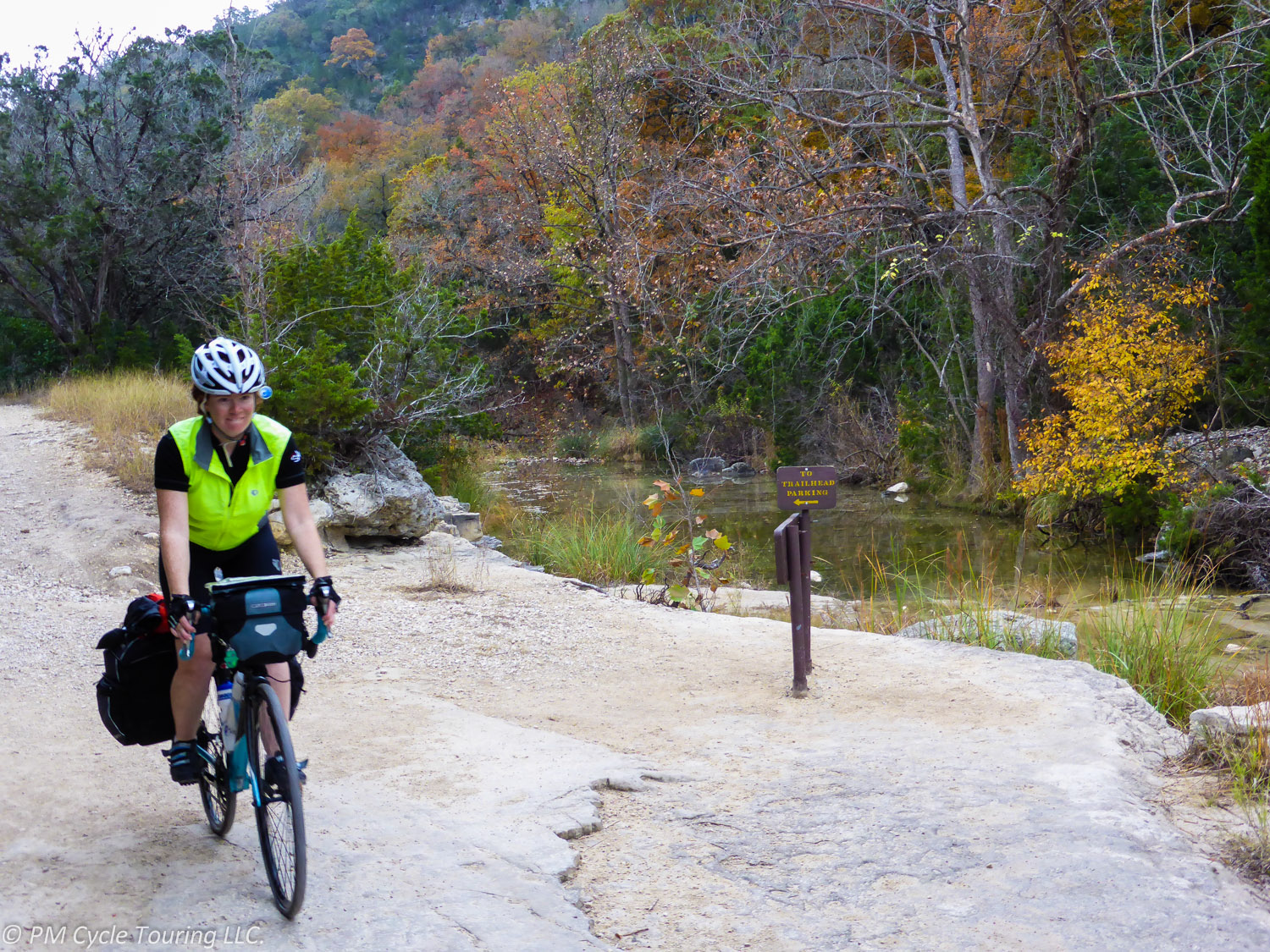Carbon fiber touring can be very fun and rewarding. As we’ve said before, an ultra-lightweight bicycle frame has many advantages. But before you plan your tour through the mountains of Mongolia with your Carbon Fiber bicycle, you’ll want to think about the following:
- Types of road surface
- Amount of services available
First, don’t think you’ll be doing a lot of off-roading on your carbon fiber bicycle (unless it is a mountain bike). A gravel road for a short distance is fine, but dirt trails in far off remote locations? Forget about it! I found myself riding a rugged 1 mile trail to a campsite on my last tour and it was awful! I pretty much had to walk the bike the whole way. My tires couldn’t handle the mud, leaves, and huge rocks that I came across. While Carbon Fiber frames are super hard, it would be awful to crack your frame on a bump out in the middle of the mountains. So, proceed with caution when encountering non-paved roads with carbon fiber.
One of the appeals of steel framed bicycles is the ease with which they can be repaired. This is not the case with carbon fiber. If something happens to the frame, you are done, there is nothing to repair. While touring on carbon fiber, in the unlikely event that something happens to you or your bicycle, you’ll want to be traveling through areas that have more services available. Several hundreds of miles between services would not be ideal if you’re on Carbon Fiber, just due to the fact that once the frame is done, it’s done.
A good place to carbon fiber tour would be a place where the roads are smooth and there is lots of support along the way. People passing by on a nearby road is always a plus because you can flag down a ride if you need it. If you’re going to be mainly riding on US highways and byways, carbon fiber touring can be perfect. In the USA all of the paved Adventure Cycling routes are great choices to enjoy long distance touring while also enjoying the thrill of using a lightweight carbon fiber bike to tour.


